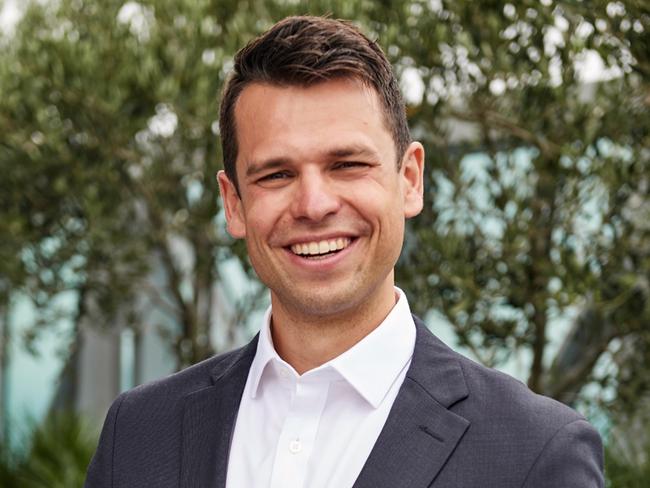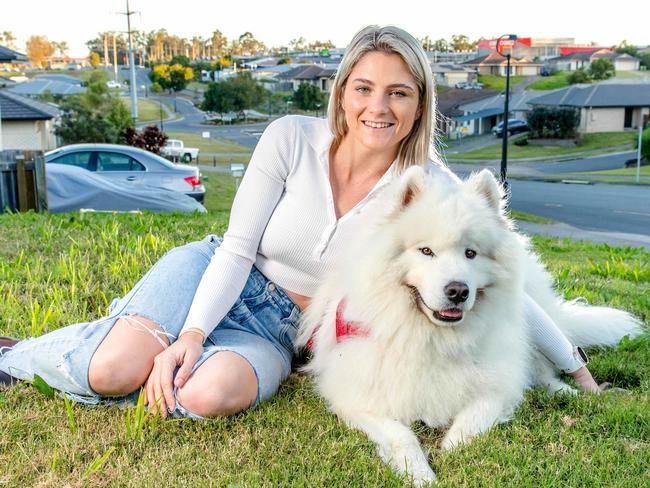Census reveals Qld’s fastest-growing and fastest-shrinking regions
Census population data mapped: See where people are flocking to and where people are fleeing from across Queensland.
QLD News
Don't miss out on the headlines from QLD News. Followed categories will be added to My News.
Brisbane’s population has ballooned by 111,670 people over the past five years, taking on more new residents than any other local government area in the country.
But regional areas and the city fringe have had the fastest population booms.
New Census data released on Tuesday revealed the state’s fastest-growing LGAs were Mapoon and Burke in the north – increasing by 28.2 per cent and 21.7 per cent respectively, albeit off a small base – followed by Cloncurry (up 16.8 per cent).
The standout performers, however, were Ipswich, where a 15.5 per cent increase brought in an extra 35,475 people over five years, and the Sunshine Coast, which jumped 14.1 per cent to add 39,700 extra people.
Brisbane grew by 9 per cent over the five year period, by comparison.
The Demographics Group co-founder Simon Kuestenmacher said population growth in regional areas was overwhelmingly a positive thing – the problem was that we weren’t expecting it so suddenly during the pandemic.
“This movement kind of surprised peoples so local governments didn’t make enough land available fast enough and it meant developers weren’t ready to build housing fast enough and all of this coincided with building materials costs going up very fast,” Mr Kuestenmacher said.
“We weren’t prepared for the growth we long wanted and the result was very high house price growth.
“It becomes a problem for low-income renters because rents go up fast … and that’s when we saw massive increases in homelessness and housing crises.
“Most areas in the urban fringe and within a two-hour radius of the city, they suffered, and that’s problematic.”

But despite mass migration spurred by the pandemic, Mr Kuestenmacher said the population explosion in certain regions was “definitely not just a phase”.
“This was not just driven by working from home and the pandemic,” he said.
“The trend of moving to the fringe and regions would have occurred anyway because the millennial generation is the largest generation and it is finally reaching the family stage of the life cycle.
“A two-bedroom apartment in the city doesn’t cut it anymore so they move wherever they can afford a three- or four-bedroom house and that’s definitely not the inner-city.
“Many also can’t move to the middle suburbs because the Baby Boomers live there as empty nesters.
“Australians only downsize once the family home becomes a hazard and Baby Boomers are still too young to downsize – they will downsize in the 2030s but not now.
“You have this large generation leaving the inner city behind and moving to where they can afford houses and the next generation that’s meant to follow into the apartments they leave empty is a very small generation.
“When overseas migration is back to pre-pandemic levels, they move to the cities, so this is going to solve itself eventually.”

Paediatric physiotherapist Bridget Carkeet, 26, moved from an outer suburb of Brisbane City to purchase her first home in Ipswich.
“I was offered a graduate role in Ipswich so this is where I’ve moved,” Ms Carkeet said.
“I know both of my neighbours now whereas I didn’t know either of my neighbours back in Brisbane.
“It’s a lot more laid back and I think the people are more willing to have a conversation with you”.
Ms Carkeet said she’s enjoying her new suburb and is getting to know all the small businesses nearby.




